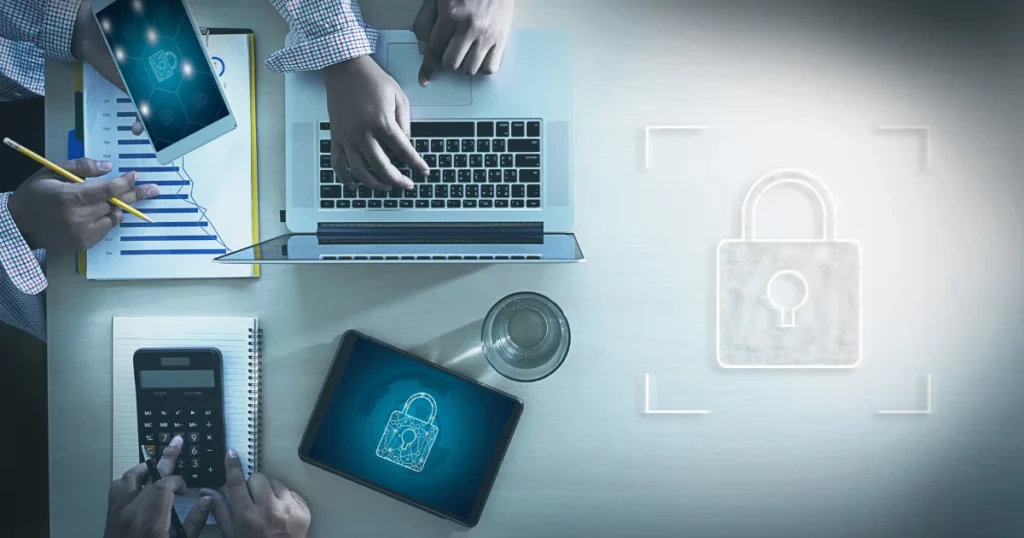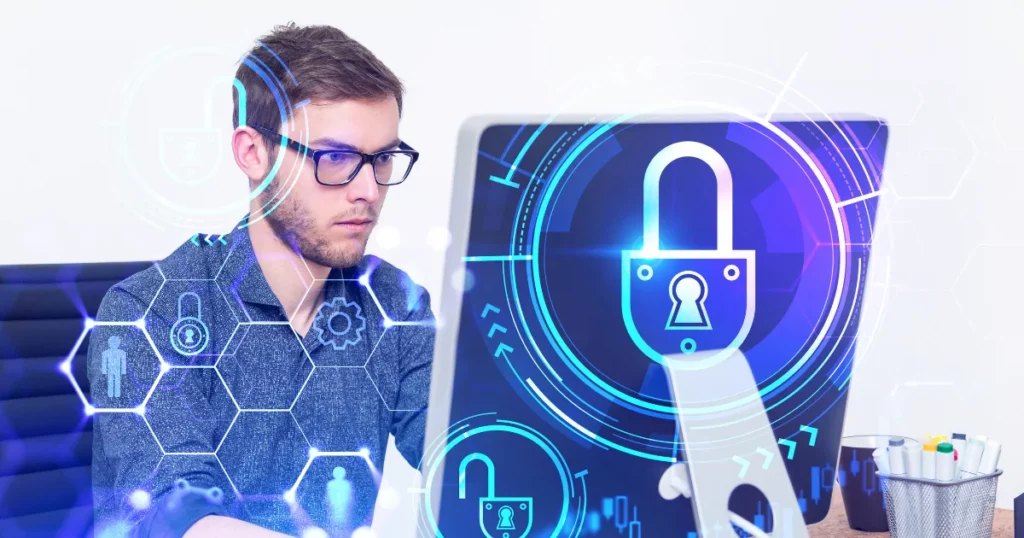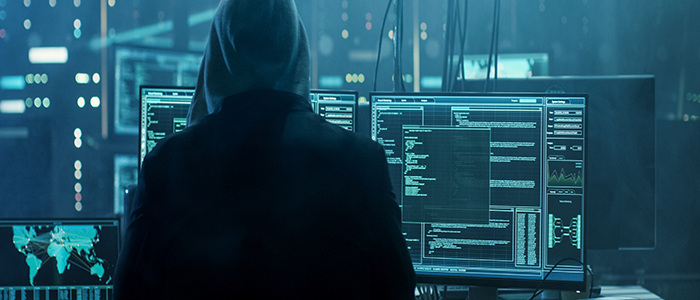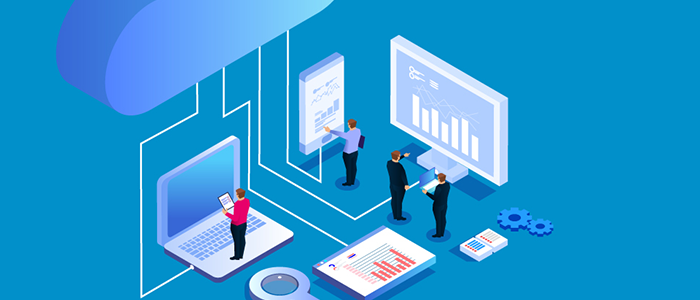Future of Cybersecurity: Trends, Challenges, and Innovations
- October 15, 2023
Table of Contents
Latest Trends, Challenges and Innovations in Cybersecurity

Cyber security is an industry that operates fast, as hackers and security providers constantly engage in a game of cat and mouse. New threats keep emerging together with innovative ways to counter them. In this overview, we look into the most recent cyber security trends of 2023.
Remote Work Cybersecurity Risks
Embrace Automation
For a long time, security teams have struggled to handle the influx of many threats that has left an ever-increasing need for cybersecurity experts unabated. Organizations should opt for embracing automation driven by artificial intelligence and machine learning to instantly identify and combat risks instead of expanding their human workforce. Exquisitely, automation is able to unearth hidden malicious patterns and identify breaches and configuration faults that evade the attention of security experts. The result is that the organization benefits in the long run by being able to address strategic initiatives with the help of increased automation.
IoT: An Evolution in Progress.

Malware automation
Increasingly, these attacks are automated and the trend is recent, which prompts the cybersecurity industry to keep pace. Instead of lone hackers testing their skills on complex attacks, security experts are now facing organized and highly disciplined adversaries. Today, hackers have machines that automate cybercrime, performing several thousand attacks per day. There can be numerous ransomware cases, but only the significant instances get highlighted in media.
Polymorphic malware
With more malware variants now having polymorphic properties, malware morphs its identity so that it is difficult for security teams to spot them. In several CaaS offerings, certain parts of the code may change dynamically to evade detection.
Third-party risks and threats
The human element

Conclusion
It is paramount for security practitioners to have a broad perspective of the developments that are emanating as an outcome of technology. The Global Cybersecurity Outlook Report indicates that there is an adoption of different types of new technology which has made it complex to secure the digital ecosystem resulting in increased areas of attack for fraudsters to exploit. As such, it is critical to follow how these technologies come of age and their interplay with social, economic, and political contexts at large in order to come up with intelligent strategies for enhancing organizational resilience. In this context, Cyber security service play a crucial role in providing the expertise and support necessary to address future cyber security threats and safeguard digital assets.
Related Articles
FAQs
The following trends are the future of cybersecurity in 2023 include:
AI-Powered Threat Detection: Increased use of artificial intelligence for advanced threat detection and response.
Zero Trust Architecture: Trustless network security models to protect against insider threats.
Cloud Security: Emphasis on securing cloud-based infrastructure and data.
IoT Security: Growing focus on protecting Internet of Things devices.
Ransomware Defense: Enhanced strategies to combat ransomware attacks.
Key challenges in cybersecurity include:
Evolving Threat Landscape: Constantly changing and sophisticated cyber future cyber security threats.
Skill Shortages: Shortage of skilled cybersecurity professionals.
Rapid Technology Changes: Struggling to keep up with tech advancements.
Insider Threats: Risks from within an organization.
Compliance and Regulations: Adhering to complex data protection laws.
Cybersecurity 2024 Predictions:
- More sophisticated AI-driven attacks.
- Increased supply chain vulnerabilities.
- Escalating ransomware demands.
- Growing IoT device targeting.
- Expansion of Cryptocrime
Cybersecurity innovations refer to new technologies, approaches, or strategies developed to protect digital systems and data from evolving threats, including advanced threat detection, encryption methods, secure authentication, and improved security protocols.
The main purpose of cybersecurity is to safeguard digital systems, networks, and data from unauthorized access, breaches, and damage, ensuring the confidentiality, integrity, and availability of information.





